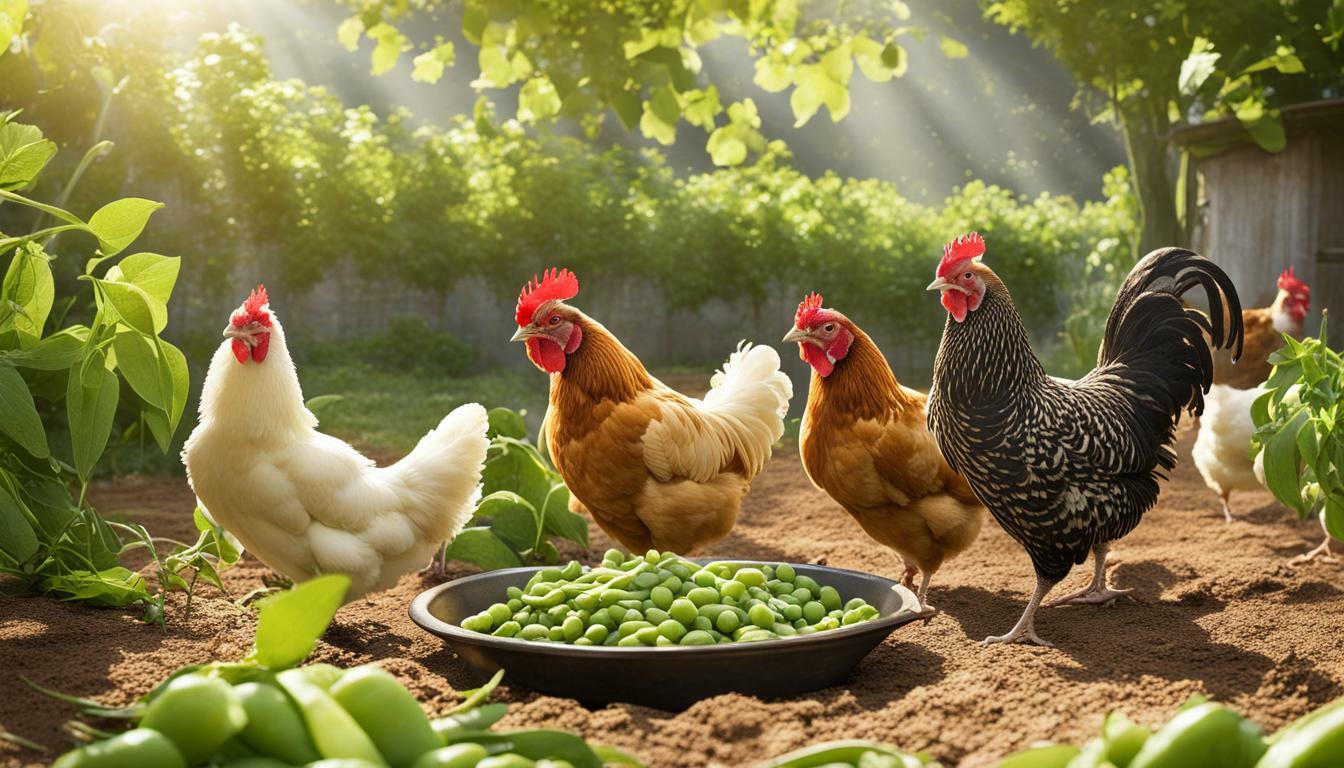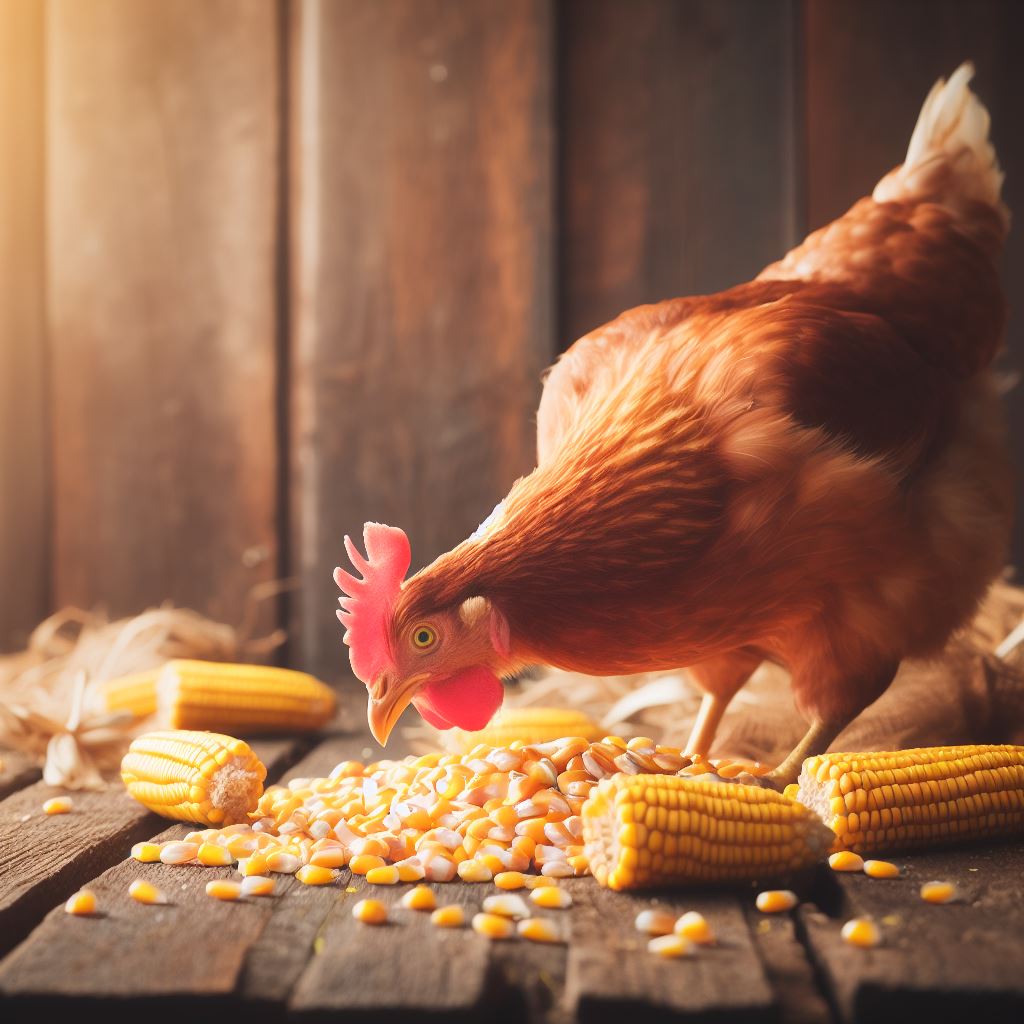Can Chickens Eat Lettuce? Know the Facts for a Healthy Flock

Table of content:
Lettuce is a common vegetable that many chicken owners have in their kitchens. It’s a healthy, low-calorie food for humans that’s also nutritious for chickens. But can chickens eat lettuce?
The short answer is yes, chickens can eat lettuce in moderation as part of a balanced diet. Lettuce provides vitamins, minerals, and water to help meet chickens’ nutritional needs.
Benefits of Lettuce for Chickens
Lettuce provides a few key benefits when fed to chickens in moderation:
Nutrition
Lettuce contains vitamins A, K, C, and B vitamins. It also provides minerals like calcium, potassium, iron, and magnesium. These nutrients support chickens’ immune systems, bone health, vision, and more.
The nutritional value does depend on the type of lettuce. Dark leafy greens like romaine have more nutrients than iceberg lettuce.
Moisture
Lettuce has high water content, making it a hydrating treat during hot summer months. The extra water helps prevent chickens from overheating.
Cooling Effect
Crisp lettuce can have a cooling effect when chickens eat it. This makes it a refreshing snack on a hot day.
Variety
Adding small amounts of lettuce to a chicken’s diet provides more variety. This can encourage foraging behaviors and prevent boredom.
Lettuce is not a staple food for chickens like grains and bugs. But it does supplement their nutrition when fed in moderation.
Types of Lettuce Chickens Can Eat
The most common lettuces found in kitchens are romaine, green leaf, red leaf, butterhead, and iceberg. Chickens can eat all of these varieties.
Here are some specifics on the nutrition of lettuce varieties chickens can enjoy:
Romaine Lettuce
Romaine is one of the most nutritious lettuce. It contains high amounts of vitamin A, vitamin K, folate, and manganese. Romaine also has more protein and calcium than other lettuces.
Green and Red Leaf Lettuce
Green and red leaf lettuce have good amounts of vitamins A, K, and C. They also provide some calcium, potassium, and folate. The red varieties add a bit more vitamin A through antioxidants like betacarotene.
Butterhead Lettuce
Butterhead lettuce includes Boston and bibb varieties. These lettuces are tender and mildly flavored. They contain vitamins A, K, C, and folate. Butterhead also provides some calcium, magnesium, and potassium.
Iceberg Lettuce
Iceberg lettuce is the most watery and mild tasting. It has lower nutrient levels than darker greens. But it can still provide hydration and small amounts of vitamins A, C, and K.
Overall, the darker green lettuces like Romaine have the most nutrition for chickens. But even lighter varieties like icebergs offer moisture and refreshment. Mixing up the types gives chickens more variety.
Lettuce Parts Chickens Can Eat
Chickens can eat all parts of lettuce leaves and stems. Some specific parts to include:
Whole Leaves
The green leafy parts of lettuce provide the bulk of nutrition. Romaine, red leaf, and other lettuces all have high nutrient levels in the leaves.
Tearing the leaves into smaller bites makes it easier for chickens to eat them. You can leave small whole leaves for chicks, as they are still learning to tear foods.
Stems
The crunchier stems of lettuce provide enrichment. They have fiber and small amounts of nutrients too.
Some chickens may nibble on and discard the stems after enjoying the tender leaves. Others will devour the stems once the leaves are gone.
Chopped Lettuce
Chopped lettuce mixes up the textures for chickens. Try chopping lettuce leaves into smaller pieces. The chickens will forage through the mix hunting for bites.
Mixing chopped lettuce with cooked rice or oats makes a nutritious treat. The grains add carbohydrates for energy.
Shredded Lettuce
Run lettuce through a food processor to shred it into thin pieces. The lettuce shreds have more surface area for chickens to nibble on.
Shredded lettuce is great for mixing into grain dishes or sprinkling over their normal feed. The smaller pieces are also easy for small chicks to pick up and eat.
In general, any lettuce preparations that break it down into smaller, easy to eat pieces are perfect for chickens.
Amount of Lettuce to Feed Chickens
Lettuce should be fed to chickens as a supplemental treat, not a main course. About 1-2 leaves per chicken, 2-3 times per week is a good amount.
Here are some tips on lettuce portion sizes based on the type and size of your flock:
For 2-5 Chickens
For a small backyard flock, give each bird 1-2 leaves of lettuce, 2-3 times weekly. Pull larger leaves like romaine into smaller strips so there’s enough to go around.
Start with 1 leaf at first to see if they like it. Slowly increase to 2 leaves as you offer lettuce more often.
For 10-15 Chickens
With a larger flock, provide lettuce heads whole or tear them into pieces. Scatter a few whole heads or a pile of torn lettuce in their pen. This allows the chickens to forage for the lettuce.
Aim for each chicken to get the equivalent of 1-2 leaves when they share a head or bowl of torn lettuce.
For Chicks
Baby chicks can start eating tiny shredded pieces of lettuce after 2-3 weeks old. Until then, they eat starter feed.
Sprinkle just a pinch of chopped lettuce for each chick. Gradually increase the amount every few days as they grow.
By 6-8 weeks old, chicks can eat 1⁄4 to 1⁄2 leaf per chick. Adjust amounts based on their appetite and growth.
For Older Chickens
Senior chickens need fewer calories than young birds. Scale back lettuce to 1 leaf, 1-2 times per week for older hens.
Monitor older hens to ensure lettuce does not cause loose droppings. Reduce or avoid lettuce if digestion issues occur.
Lettuce is tastiest and most hydrating when fresh. Feed chickens lettuce within a day or two of buying it from the store. Discard any wilted or older leaves.
Feeding Lettuce to Chickens
Lettuce is simple to prepare and serve to chickens. Here are some tips for feeding it safely:
Wash Lettuce
Rinse lettuce under cool running water before feeding it. This removes any dirt or contaminants from the garden or store. Pat dry with towels or allow to air dry.
Washing also adds a bit of hydration to crisp up the lettuce leaves.
Avoid Contaminants
Do not feed chickens lettuce that has been treated with pesticides or other chemicals. Buy organic lettuce when possible or grow your own lettuce without chemicals.
Also, avoid lettuce that has touched raw meat or eggs. This prevents contamination with salmonella or other pathogens.
Chop, Tear, or Shred
Break lettuce down into smaller pieces for chickens. Whole leaves may be too large for them to comfortably eat.
Tear leaves into strips or roughly chop them into sections. Shredding also creates easy to eat bits.
Mix with Other Foods
For variety, mix small amounts of shredded lettuce into chickens’ regular feed. Or serve lettuce next to staple foods like grains and proteins.
Sprinkle shredded lettuce over a cooked oatmeal and grain mix. The lettuce adds moisture and cools the hot cereal.
Refrigerate Leftovers
In hot weather, chickens may not eat all the lettuce you provide. Refrigerate any uneaten lettuce. Then serve again in 12-24 hours for freshness.
Remove Spoiled Lettuce
If lettuce is left in the coop in summer heat, it can spoil quickly. Remove any wet, slimy, or rotten lettuce right away.
Wet, warm lettuce can grow bacteria that make chickens sick. Only offer fresh, crisp lettuce.
With proper washing and prompt removal of uneaten lettuce, it’s safe for chickens. Use common sense in handling just like you would for your own salad.
Potential Concerns with Lettuce for Chickens
While lettuce can be a healthy treat, there are a few things to keep in mind:
Loose Droppings
The high water content of lettuce may cause temporary loose droppings when chickens eat a lot of it. Limit lettuce to prevent diarrhea, especially in young chicks.
Allergies
It’s very rare, but some chickens may be allergic to lettuce. This could result in skin irritation, respiratory distress, or diarrhea. Discontinue feeding if any allergy symptoms appear.
Choking Hazard
Lettuce should always be chopped, shredded, or torn into small pieces before feeding to chickens. Whole leaves may pose a choking risk.
Nutritional Imbalances
Feeding too much lettuce could lead to a vitamin deficiency or imbalance long-term. Lettuce is not a complete diet. Follow recommended amounts as a supplement.
Contamination
As with any new food, only introduce lettuce you know is free of chemicals and contaminants like salmonella. Wash lettuce thoroughly before feeding.
With proper preparation and portion control, lettuce is a safe, nutritious supplement for chickens. Monitor your flock as you introduce lettuce and adjust amounts as needed. Have fun providing this crunchy vegetable as a tasty treat!
Final Thoughts
Lettuce can be a healthy addition to a balanced chicken diet. Leafy greens provide important vitamins, minerals, and hydration. Chickens enjoy the refreshing crunch and texture contrast lettuce offers.
When introducing lettuce, start slowly with 1 leaf per bird, 1-2 times per week. Increase amounts gradually while monitoring droppings for digestion issues. Shred, tear, or chopped lettuce to make it easy and safe for chickens to eat.
Focus on feeding chickens the darker, more nutritious lettuces like romaine, leaf lettuces, and red varieties. Avoid spoiled or contaminated lettuce, and refrigerate any leftovers promptly.
With some simple precautions, lettuce can be a beneficial supplemental food. It adds variety and nutrition to keep backyard chickens healthy and happy. Lettuce is one fresh treat both you and your flock can enjoy together.
Welcome. I’m Adreena Shanum, the proud owner of this website, and I am incredibly passionate about animals, especially poultry. I founded adreenapets.com as a labor of love, stemming from my desire to share my knowledge and experiences with poultry enthusiasts worldwide.




